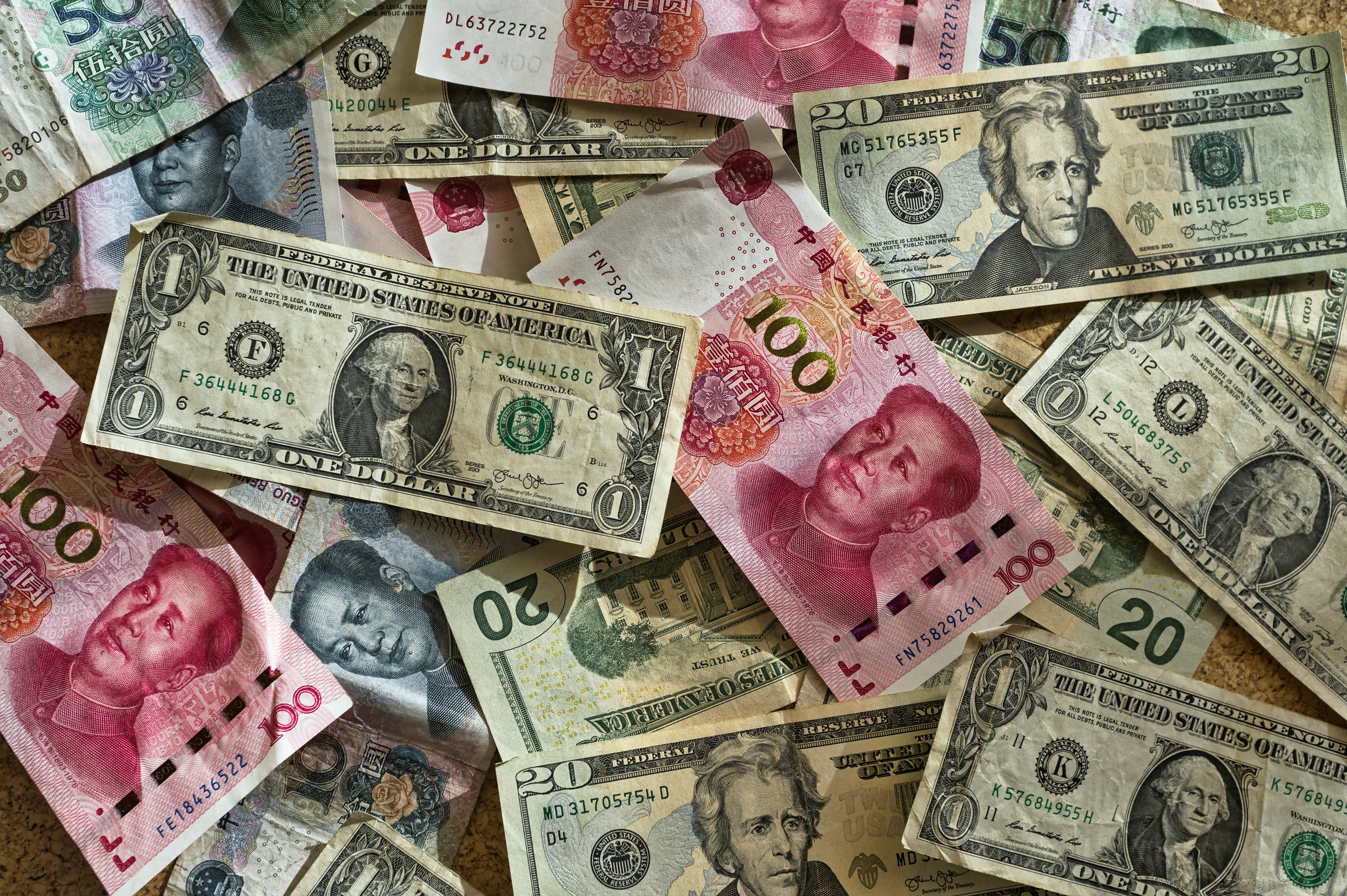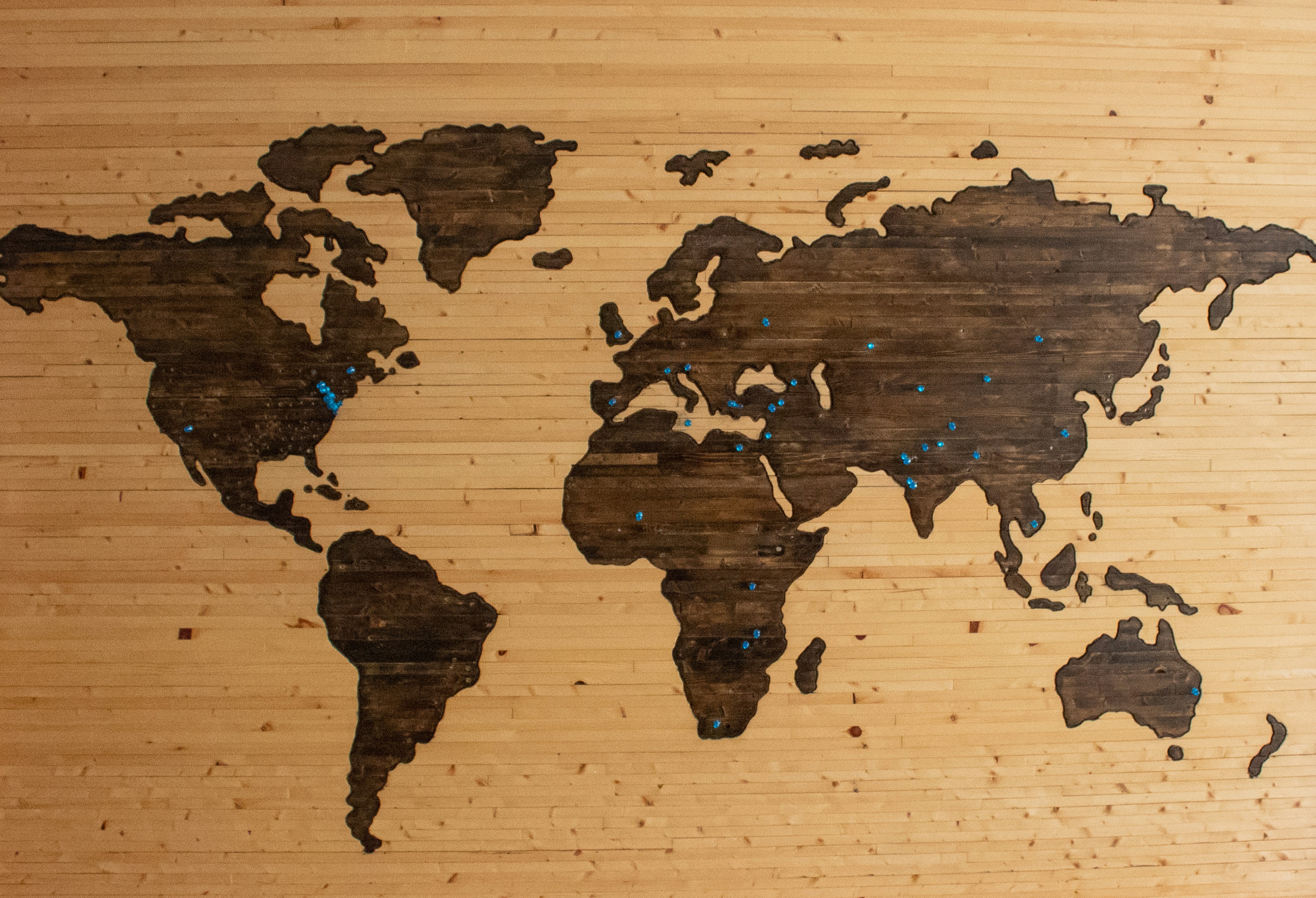Using the UN Sustainable Development Goals to navigate global risks
By Rob van Tulder
The COVID-19 pandemic is both a natural and a geopolitical disaster; the economic and political structure of our world has served to enhance its deadliness. The degree of systemic dysfunction the pandemic has exposed is suggested by the fact that at some level, policymakers and business strategists knew it was coming. The World Economic Forum, the Gates Foundation, and many other organizations have warned of the risks of a major pandemic for years, and yet when it finally happened, many business and government leaders were totally unprepared.
What should we learn from this experience? The chief lesson is that putting together a better governance and communications structure will improve our chances of handling the next crisis better, whatever that may be. We need better ‘collective intelligence’ – and business schools can help.
No easy answers
One challenge policymakers and strategists must overcome is their reluctance to handle complexity. It is a mistake to look for a simple solution to what scholars call a “wicked problem,” such as a pandemic or global warming. Such problems are so large and complex that they can’t really be solved; they can only be navigated – and then only with the help of a good, detailed map and not too much reliance on technology and other instrumental approaches, such as apps or big data projects. Even when a vaccine is successfully developed for this specific coronavirus, the next pandemic might be just around the corner.

Rob van Tulder
is Professor of International Business-Society Management at Rotterdam School of Management, Erasmus University.
Professor van Tulder has published extensively on topics of multinational enterprise strategies, high-tech industries, corporate social responsibility, issues management, skills, network strategies, smaller industrial countries (welfare states) and European Community/Union policies. He has received numerous accolades for his intellectual and societal contributions.
Also interesting for you

“Even when a vaccine is successfully developed for this specific coronavirus, the next pandemic might be just around the corner.”
For the same reason, it’s important therefore, not to look to a single institution to take charge. We can’t expect a single leader or organization to come to the rescue. What we need instead is better communication between institutions that will make it easier for them to co-operate with each other when problems arise. We need alliances between major institutions, such as business, NGOs and government. And not only big business: smaller firms often experience the effects of a crisis first, and can be an important source of information. They are also not necessarily unsophisticated; these days, many farmers in the Netherlands, for example, are trained
agricultural engineers and not all of them are in the Farmers Defence Force or only representatives of vested interests.
To do better next time – and preferably before next time – we will need to mull three important questions: • How do we fill the governance gaps in an increasingly volatile and uncertain world? • How should we grasp the systemic nature of a problem like the pandemic without simplifying it too much? • How do we align countries’ and companies’ strategies to advance resilient and sustainable societies?
Sustainability goals could prevent policy own-goals
One framework that could be used to improve how we handle the next crisis is the United Nations Sustainable Development Goals Agenda (SDGs), an international agreement incorporating the advice of numerous stakeholders in civil society and the private sector and signed by all 198 members of the UN in 2015. The Agenda was intended to co-ordinate global development on 17 different parameters. The countries agreed that their individual and collective progress toward fulfilling these goals would be measured according to each state’s progress on 169 sub-targets and 232 indicators. Unsurprisingly, this ambitious agenda was unevenly implemented. In hindsight we can see that if countries had fully implemented it, we would be in much better shape now. Although there were significant operational problems (72 of the indicators are not regularly compiled by countries, and another 62 lack a methodology or collection standards), substantial efforts have been made since the signing to improve the data. The International Labour Organization, the United Nations Development Programme, the World Bank, and many national statistics offices have all undertaken substantial efforts to harmonize their databases in order to facilitate better SDG benchmarking. The UN project has substantially increased the level of ‘collective intelligence’ on more systemic and interrelated issues.



A look at the data collected by the various UN agencies shows why many countries have proven so vulnerable to the virus. For example, in August 2020, the United States accounted for 25 per cent of all COVID-19 cases, although it had only 4 per cent of the world’s population. Undoubtedly, that number is exacerbated by the fact that 36 per cent of adults are obese and the richest 10 per cent of the population accumulates 1.76 times more income than the poorest 40 per cent collectively. This combination of health challenges and social inequality undoubtedly fuelled the COVID-19 fire that still rages in the United States. Obviously, it would have been better if policymakers had done more to forecast the kinds of risks that this combination of health challenges and social inequality causes. Organizations like the World Economic Forum have extrapolated that the level of risk the world is facing has increased substantially. We also know from behaviouristic research, that negative doom scenarios hardly ever trigger adequate (pro)active action.
But there is another way called backcasting – using the 2030 ambitions of the UN SDG agenda (and the 232 systemic indicators of current data) – to explain what went wrong. Backcasting also helps policymakers to think about what their priorities should or could be, particularly as it reveals points of conflict between priorities, and leads them away from short-term compromises with perhaps longer-term negative consequences such as when we help people escape hunger by industrialization at the price of greater air pollution or poor working conditions. The SDG agenda has been considered a ‘goal-oriented institution’ – shared by most countries and almost all big corporations and NGOs in the world – that can help benchmark present-day processes. Taking a systems view is often difficult for policymakers. It is easier to build a consensus around a single goal or compromise on present positions. But effective progress is only achievable when important trade-offs are clearly understood and can be linked to a positive change agenda.
The negotiation literature in this case talks for ‘collective-vision-based’ negotiations, rather than ‘interest-based-negotiations’ which focus on present positions rather than a common vision.
The SDG framework and agenda provides the best-available metrics for such an exercise – even when it has still considerable flaws. Looking at the impact of COVID-19 on each of the 169 SDG targets, for example, gives government policymakers and corporate strategists a clearer framework for mitigating the impact of the pandemic than focusing exclusively on the immediate crisis in the global health system does.
Following the SDG data can also help policymakers prioritize what they should – and should not – do. Researchers have found, for instance, that prioritizing economic inequality (SDG 10) or gender equality (SDG 5) can have major positive (spill-over) effects on most other SDGs ranging from economic growth (SDG 8) and health (SDG 3) to even climate change (SDG 13).
Also interesting for you

“Organizations like the World Economic Forum have extrapolated that the level of risk the world is facing has increased substantially.”
The tools at hand
At the same time, SDG-focused analyses can also help corporate strategists clarify the trade-offs in certain kinds of economic growth that may reduce hunger and improve health but at the same time generate pollution that causes environmental damage that will eventually cause other health problems. Better SDG data makes it easier for companies to see how to maximize the positive gains toward fulfilling the SDGs as much as possible without triggering negative trade-offs. This is still an area of considerable business research that can probably only be tested in practice – together with frontrunner companies that are able and willing to learn from ways to link various SDGs and engage in transformative partnerships with societal stakeholders. This is also known as the ‘nexus’ challenge. It provides clear opportunities for business schools around the world to develop and test company and society relevant strategies. Milton Friedman once said, “Only a crisis – actual or perceived – produces real change. When that crisis occurs, the actions that are taken depend on the ideas that are lying around.” Some of the most important tools on policymakers’ workbenches right now are the ideas used to develop the SDG agenda. For better or worse, the SDG agenda analytics is the best analytical toolkit we have now for managing COVID-19 while meeting a full range of human needs.
This piece is adapted from an article co-written with Jan Anton van Zanten of Robeco Institutional Asset Management that has recently been published in the Journal of International Business Policy.


Dirk Schoenmaker aims to make the societal and environmental impact the main driving force behind future investment

Frank Wijen thinks governments should provide financial support while also requiring carbon footprint reduction.

Steve Kennedy focuses on the importance of tackling grand challenges systematically using resilience